“Macrodrainage is dignity”: the legacy of COP30 constructions for Belém
The first article in the series "COP30 Infrastructure" examines how projects financed by the federal government through the National Bank for Economic and Social Development (Banco Nacional de Desenvolvimento Econômico e Social/BNDES) to manage large volumes of rainwater are creating thousands of jobs for Belenenses and ensuring basic sanitation, health, mobility and public safety for more than half a million inhabitants of the capital of Pará, host city of the UN Conference in November
By Franciéli Barcellos de Moraes | francieli.moraes@presidencia.gov.br
"In my neighbor's house the water was rising. She built a wall, but the water is still rising. It's something that became routine with the arrival of winter [in Amazônia] or even with a little rain in the summer, because there were no concrete beams. The water came right through. It's always a joy for the children, but there was a risk; you know, there was a lot of sickness here, and many people got ill."
"I am one of the people who were victims, especially because of these floods. Sometimes we had to step in those waters, so I caught not only frostbite, but dengue fever itself due to the mosquitoes (carapañas)."
"The macro-drainage policy brings with it several other policies. It's not just basic sanitation, it's health, it's mobility, it's public safety."
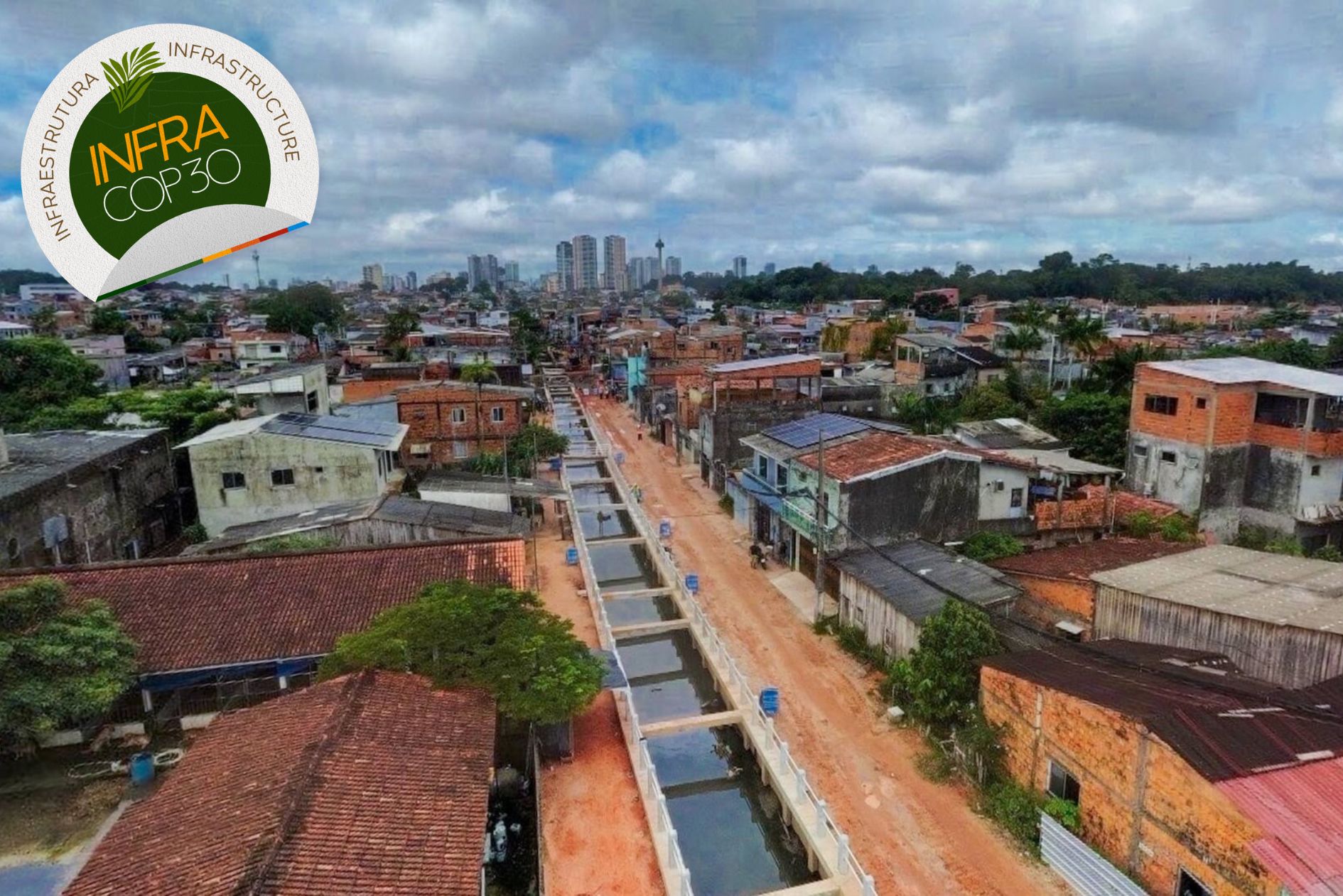
This policy of job creation aligns with social responsibility and regional development, central values of the Brazilian Presidency of the Conference, to be held in the capital city of Pará this November. Data from Pará's Construction Department (SEOP) show that the construction project has created around 2,200 direct jobs, a number expected to increase by more than 35% by the time the projects are completed. About 80% of these jobs are filled by people from Belém. But there's another difference: the selection of workers is based on locality, prioritizing hiring men and women from the neighborhood, like Cledson and Nilson.
It's a job opportunity that allows these individuals to bike or even walk to work, eat lunch at home, and have time to pick up their children from the neighborhood school at the end of the day. Furthermore, this employment dynamic enables these individuals to be active agents in transforming their living environment.
Vanessa Blais, SEOP's Director of Community Articulation, explains that some resumes come through relationships with local leaders and coordinators of neighborhood associations, strengthening bonds with the communities. The director also highlights the social function of macro-drainage projects. "The macro-drainage policy brings with it several other policies. It's not just basic sanitation, it's health, it's mobility, it's public safety. These are areas where, due to very narrow streets, no ambulance or police car can get through, for example," she says.
Workers-residents
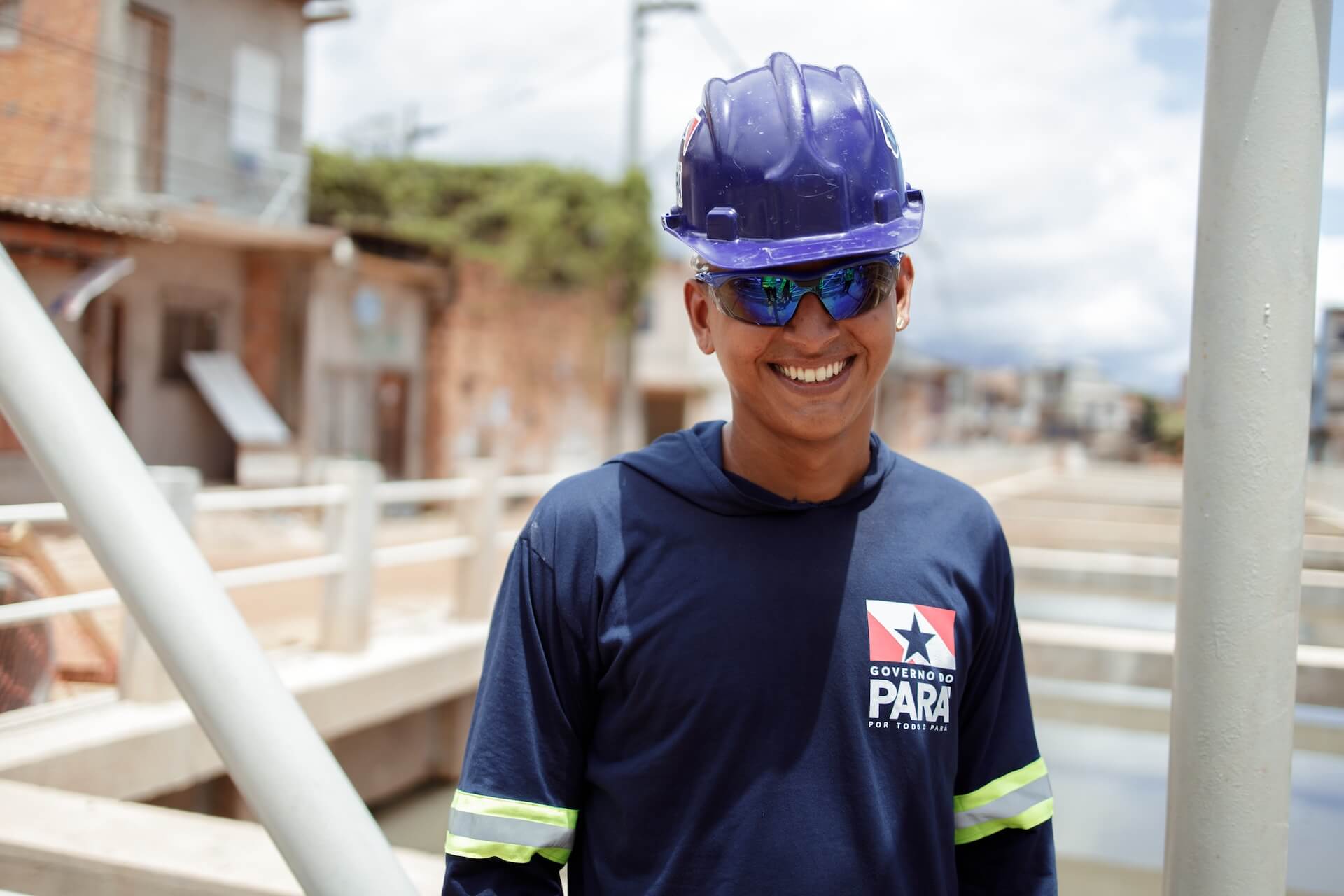
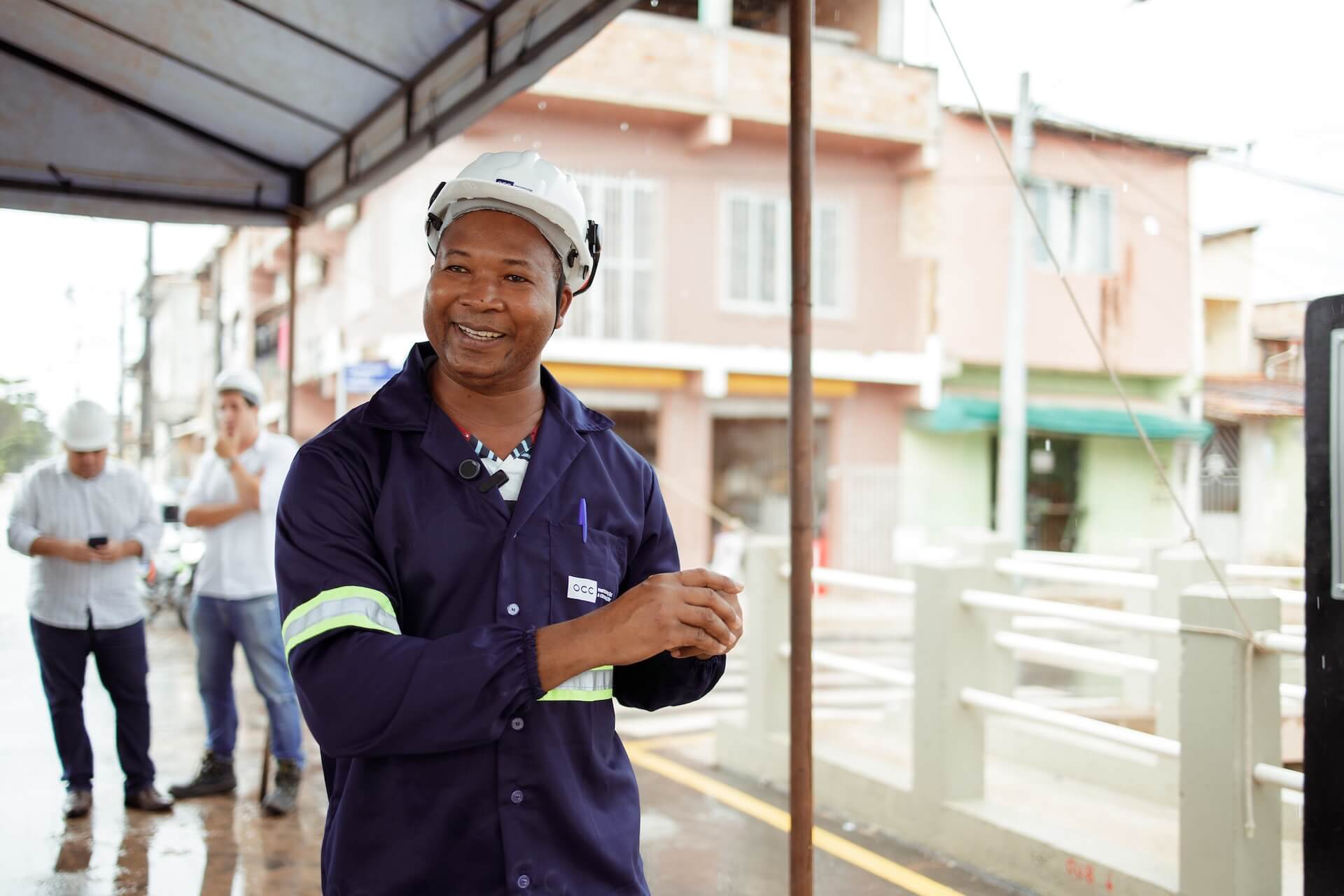
Cledson Junior, better known as Sorriso, lives in the Guamá neighborhood, Belém's most populous, and works on the Caraparu canal. Raised in the area, he recalled his childhood “playing football, flying kites and swimming in the canal” and highlighted the difference the interventions are bringing to the routine of the children and other inhabitants of the neighborhood now, as well as his satisfaction in being part of the project. “I had no experience, as a resident I didn't understand how it worked, how it flooded, and now we have a different vision, of improvement, of starting a renovation. In the end, it's going to be very rewarding to be here,” said the worker, who, with this background, intends to secure qualifications and continue working in the construction industry.
Nilson Borges shares his enthusiasm. A resident of Marco, he also works as a laborer on the Vileta, União, Leal Martins and Timbó canals (VULT). “It's a feeling of gratitude, of happiness, a feeling that arises every time I reflect on how this area looked before, how it looks today, and how it's going to get even better when we finish this entire process. For us, for the whole community nearby, with whom we speak, this generates the same feeling that I'm expressing,” he said.
Largest macro-drainage intervention in Belém's history
This is how the city hall of the COP30 host city defines the project, which is being supported by the Federal Government through funding from the National Bank for Economic and Social Development (BNDES). The Bank has approved BRL 847 million to finance the projects for the Conference in Belém. In total, more than half a million citizens will benefit from the interventions in the city.
“This is the largest investment ever made by the Bank in the integrated urbanization of favelas and peripheries, a concrete legacy of COP30 for the capital of Pará,” said BNDES president Aloizio Mercadante this month, after announcing yet another increase in funding for these initiatives.
“This is the largest investment ever made by the Bank in the integrated urbanization of favelas and peripheries, a concrete legacy of COP30 for the capital of Pará."
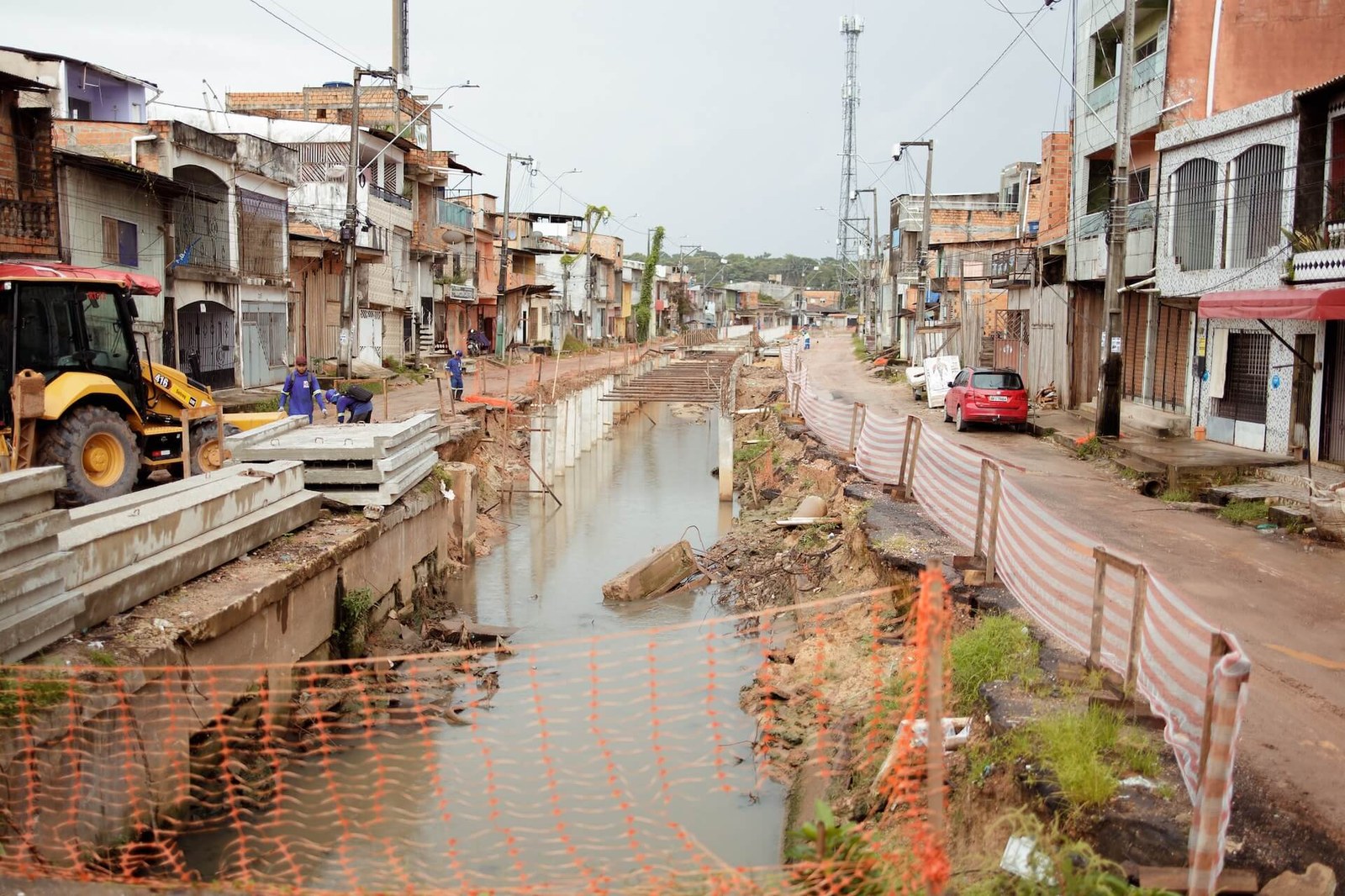
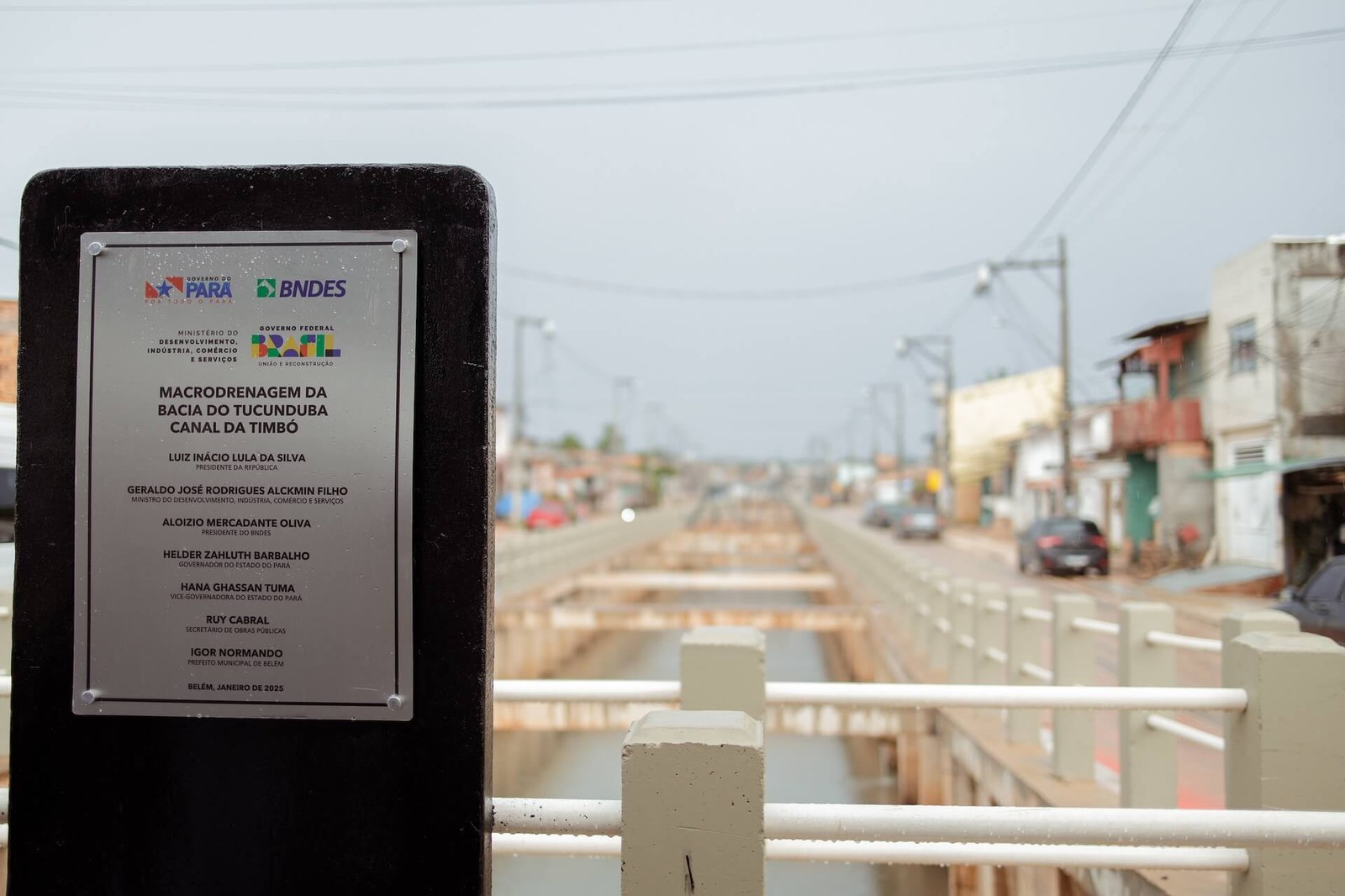
“The investments in macro-drainage that the federal government has supported in the city of Belém go far beyond merely improving the appearance of some peripheral regions. These projects enhance the quality of life of men, women and children and will represent a true legacy for the city,” said Olmo Xavier, Director of Infrastructure at the COP30 Special Secretariat (SECOP) from the Office of the Chief of Staff (Casa Civil).
As far as macro-drainage is concerned, canals in the Tucunduba and Murucutu basins are being served. The project also includes the demarcation of areas for community use, with the installation of social facilities such as squares, sports courts, public gyms and green areas.
Macrodrainage is an engineering solution in line with the central theme of the United Nations (UN) event, sustainability and resilience to climate change. The urban infrastructure improvement system consists of managing large volumes of rainwater, which helps prevent soil erosion and water pollution. From a social point of view, the actions prevent flooding, which historically affects the population of the neighborhoods covered, putting the safety of properties and people at risk, as well as their health.
English version: Bárbara Menezes

